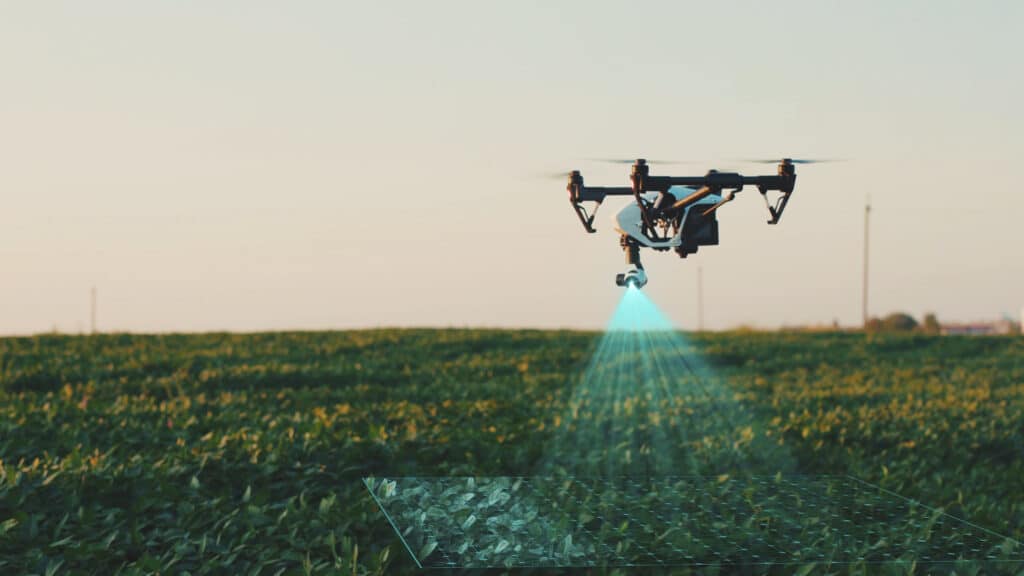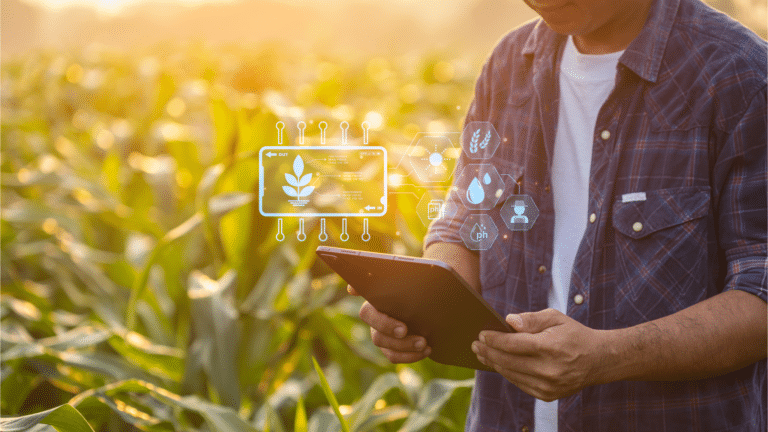Historical Context: The Green Revolution and Its Legacy
The journey towards addressing the global food crisis through technology begins with understanding the historical context of population growth and agricultural advancement. Post-World War II, the world witnessed an unprecedented surge in population growth. This demographic explosion necessitated a significant increase in food production to prevent widespread famine. The solution came in the form of the Green Revolution, a period marked by the introduction of high-yielding crop varieties, the extensive use of chemical fertilizers and pesticides, and advancements in agricultural techniques. Between the 1950s and the late 1960s, these innovations drastically increased crop yields, particularly in wheat and rice, which are staple foods for a large part of the world’s population.
The Green Revolution was hailed as a monumental success, significantly reducing hunger in many parts of the world. For example, wheat yields in India more than doubled from 1965 to 1972, helping the country transform from a food-importing nation to one self-sufficient in cereal production.
Ecological Challenges: The Dark Side of Chemical Dependency
Despite its success in boosting food production, the Green Revolution’s reliance on chemical inputs has led to significant ecological challenges. The extensive use of synthetic fertilizers and pesticides has been linked to soil degradation, water pollution, and loss of biodiversity. Over-reliance on chemical inputs can disrupt the natural soil biome, reducing fertility over time. For instance, the United States Environmental Protection Agency reports that agricultural runoff is a leading cause of pollution in rivers and lakes, affecting water quality and aquatic life.
Moreover, the environmental impact of these chemicals extends to greenhouse gas emissions, contributing to climate change. The agriculture sector is responsible for a significant portion of global methane and nitrous oxide emissions, largely due to fertilizer use and other farming practices.
The Dawn of Smart Agriculture: IoT and Precision Farming
In response to these challenges, the agricultural sector is undergoing a technological revolution, often referred to as “smart agriculture” or “precision farming.” This new era of farming leverages the Internet of Things (IoT), big data, and advanced analytics to optimize crop yields and minimize environmental impact. By using sensors, drones, and other IoT devices, farmers can monitor soil moisture, nutrient levels, and weather conditions in real time. This information enables precise application of water, fertilizers, and pesticides, reducing excess use and mitigating environmental harm.
Studies show that precision farming can significantly increase efficiency and sustainability. For example, research published in the journal “Nature Sustainability” found that precision agriculture techniques could increase crop yields by up to 45% while reducing water use by 35% and chemical use by 50%.
Within our realm of business we have even seen innovative smart agriculture companies to reduce the use of herbicides by as much as 95%. Read more about our use case connected to this here.
Innovative Examples of Smart Agriculture
Innovations in smart agriculture are continually emerging, offering new solutions to old problems. One notable example is the development of “smart” fertilizers, which release nutrients in response to the soil’s chemical composition and moisture levels. This technology ensures that plants receive the right amount of nutrients at the right time, reducing runoff and environmental damage.
Another breakthrough is the use of drones equipped with advanced imaging technology. These drones can identify areas of a field that are under stress from pests or disease, allowing targeted application of pesticides rather than blanket coverage. This not only conserves chemical inputs but also helps in maintaining ecological balance by reducing the impact on beneficial insects and organisms.
In addition, we see more and more agricultural robots to do precision agriculture on a plant level. These robots often mimic the manual, labor intensive traditional farming but at a precision and speed that makes it competitive against chemical treatment. At the same time these methods are largely superior in terms of ecological footprint.

Conclusion: A Sustainable Path Forward
The transition from traditional to smart agriculture represents a pivotal shift in how humanity addresses the dual challenges of feeding a growing population and preserving the environment. While the Green Revolution laid the groundwork for modern food production, it also highlighted the unsustainable aspects of heavy chemical reliance. Today, technology offers a path to sustainable agriculture that balances productivity with environmental stewardship.
By embracing IoT, precision farming, and innovative agricultural technologies, the global community can reduce chemical usage, increase crop yields, and tackle the food crisis without compromising the health of our planet. As technology continues to evolve, the future of agriculture looks not only smarter but also greener. qbee.io’s mission is to support all the innovators in smart agriculture by offering a simple, secure and scalable solution to manage the IoT devices and robots involved in this agricultural revolution.







